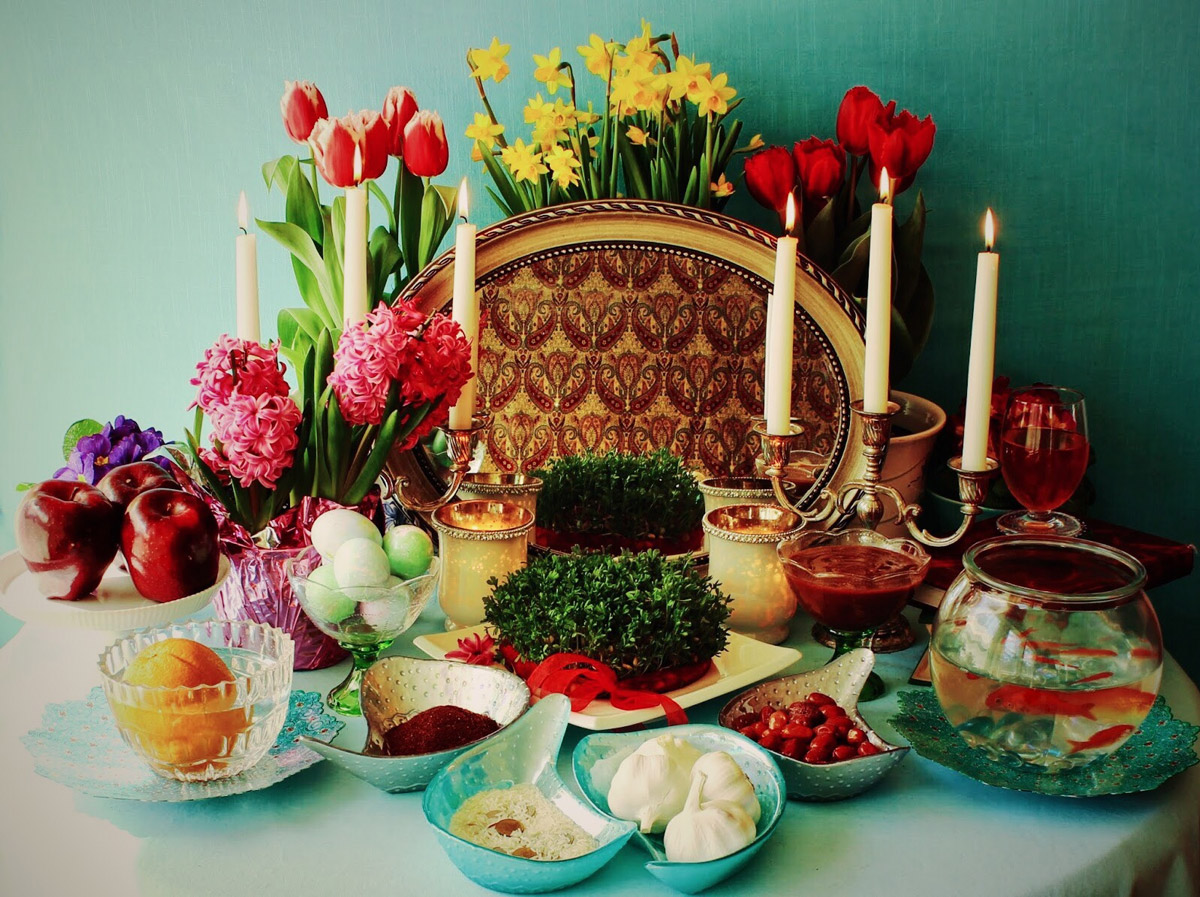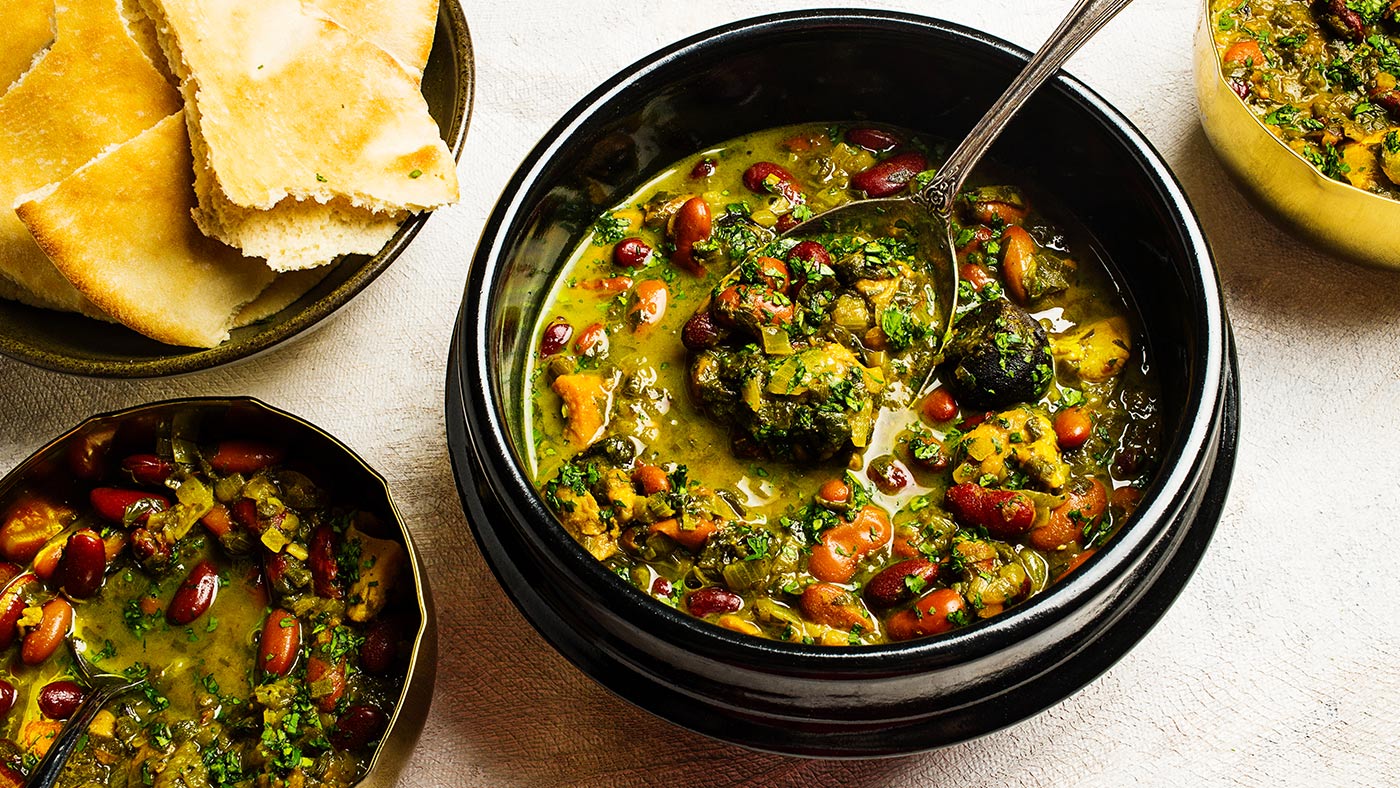On your travel from the north to the south of Iran, you’ll come across different dialects, cultures, and customs. Iranians are proud of their long history and tradition, and eager to share them with the world. They like to communicate and mix with tourists visiting the country. Let’s go through some of the most important issues about Iranian culture, Persian customs, and do’s and don’ts you should know before visit Iran.
Persian Customs: Heritages from old Persia
There are three major national festivals (religious festivals not included) being celebrated nationwide every year. These festivals have their roots in Iranian customs and ancient culture and are celebrated over the centuries. There is a common concept among all these festivals: emphasizing the value of the family and friendship. Let’s learn more about them.
Nowruz
The most favorite festival in Iran is undoubtedly Nowruz (literally the new day). It’s the Iranian New Year celebrated at the beginning of the spring. Isn’t it so romantic to start your calendar with the spring and the rebirth of nature?
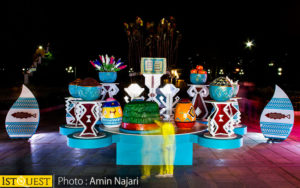
Nowruz, One of the greatest customs in Iran
Iranians think it is. As the most important date in the Persian calendar, they start to get ready for the New Year weeks before. They renovate and clean their houses, purchase new clothes, and usually plan for a nice trip in their 15-day holidays (Nowruz holidays are the high season for domestic trips). The family gathers around Haft Seen (the traditional table setting of Nowruz in Iran) and await the exact moment of the March Equinox to celebrate the New Year. Visiting relatives and friends, eating pastries and Ajil (a mix of diverse dried nuts and fruits), and giving small gifts called Eydi (especially to children) are among the Persian customs during Nowruz.
Chaharshanbeh Suri one of the Persian traditions
Chaharshanbeh Suri (or The Festival of Fire) is the eve of the last Wednesday before Nowruz (the New Year). It is a special day for Iranians dating back to at least 1700 BC, during the early Zoroastrian era.

Charshanbe suri, one of the thrilling customs in Iran
Nowadays, people, usually families, and friends, celebrate this day by making bonfires and jumping over them. By doing this, they hope to replace all of their pallor, sickness, and problems by the warmth and energy taken from the fire. Be prepared not to get surprised by seeing bonfires and fireworks all around if you’re going to be in Iran just a few days before the Nowruz. And book all your services in advance otherwise, you won’t find any available room in Iran hotels, bus or flight.
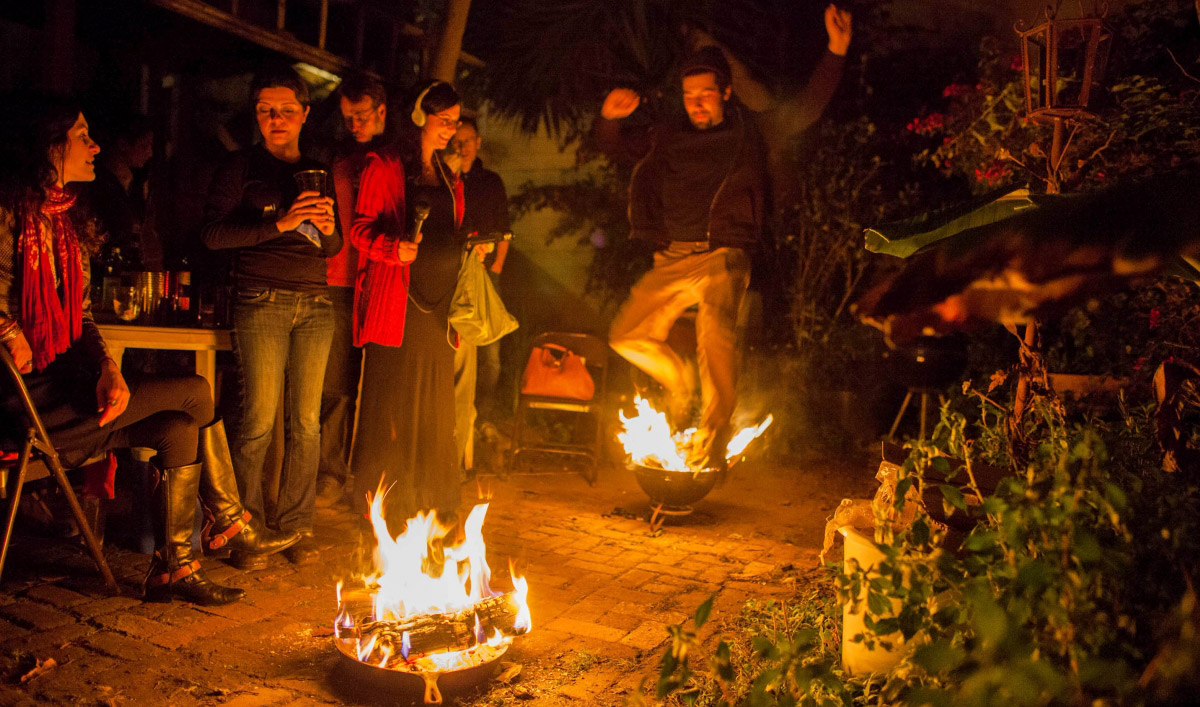
Chaharshanbe Suri, An Iranian custom which is celebrated on the eve of the last Wednesday before Nowruz.
Experience Iran like a local with excursions designed by local guides. See 1stQuest and check out most amazing experiences you could ever have in each city at great rates.
Yalda: A very old Persian custom
Iranians also celebrate the first night of the winter, Yaldā or Shab-e Chelleh, the longest and darkest night of the year. Seeing horror movies? Of course not. Iranians – friends, and families- gather and celebrate this night by reading poetry (especially Hafez) and eating nuts, pomegranate, and watermelon. According to Iranreview, on the Yalda festival, Iranians celebrate the arrival of the winter, the renewal of the sun and the victory of light over darkness. Yalda is also one of the most ancient Persian festivals and has its roots in the Zoroastrian tradition. It usually corresponds to the night of December 20 or 21.
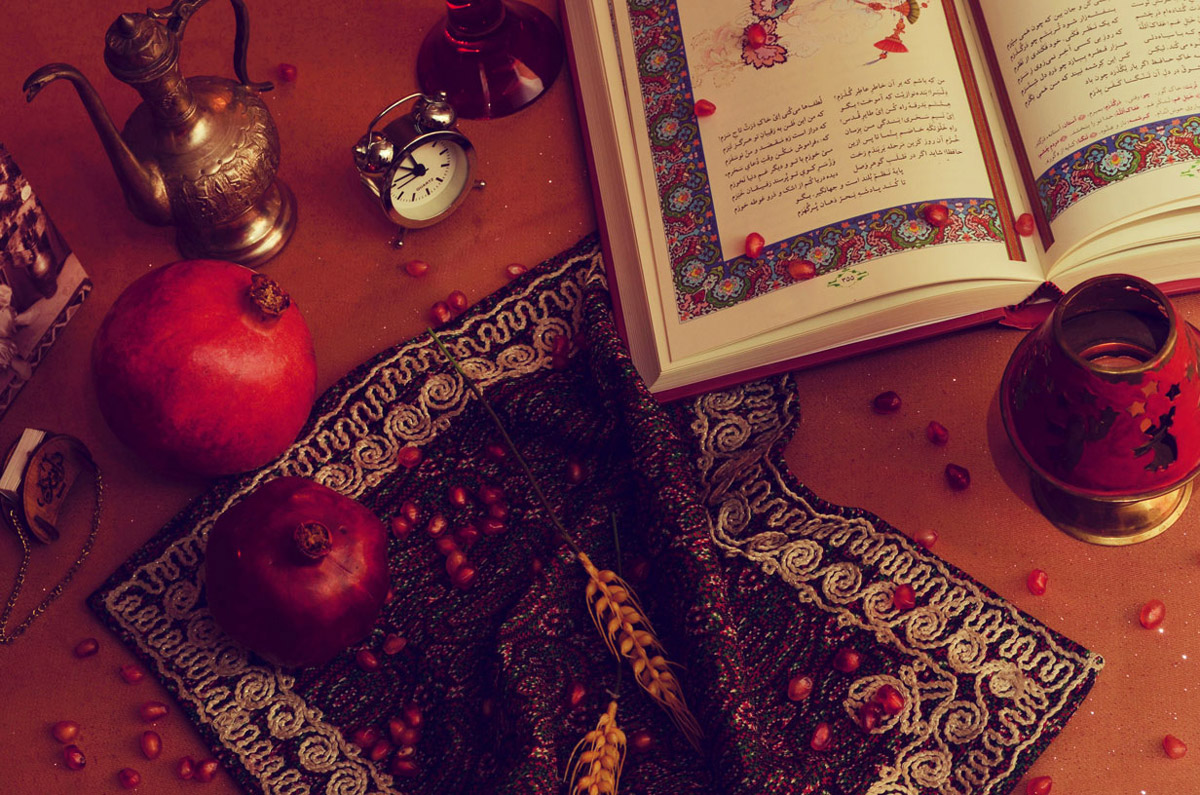
Shab-e Yalda or Shab-e Chelleh, A custom in Iran celebrated on the “longest and darkest night of the year.
Taarof: to accept or not to accept! That’s the question!
When talking about Persian customs, Taarof is among the top 5. Passing through a narrow gate or entrance to the office, you probably heard “You first!” and “Never, You first”. It’s an example of Taarof, a typical example of Persian customs in everyday life. There could be even more serious ones. If you praise anything from someone in Iran, he/she may offer it to you even if it’s very valuable. That’s a Taarof too. Taarof between friends and also host and guest is a concept to emphasize that the value of friendship is prior to everything else in the world. So, always the first response to Taarof such as an invitation or an offering is declining until the insistence becomes greater. Taarof may be more sophisticated and be a form of civility emphasizing both deference and social rank.
Also check out: Discover Iran on budget
Etiquette in Iran: Take off your shoes!
Iranians are very friendly, polite and hospital people especially with foreigners as they treat them as their guests. They believe that the guest is loved by the Lord and they must respect and cherish it when it arrives at their home. As an Iranian’s beloved guest it’s a good idea to be aware of some basic social etiquettes and behaviors.
Greeting
As usual, greeting starts with shaking hands (with a smile of course J ) in Iran, but be aware that any physical contact out of the family circle is just accepted between the same genders. A hug and three kisses on the cheeks are also a popular greeting custom between friends of the same genders. It’s very polite to greet the elders first. Shaking hands with the children and praising their politeness is appreciated. The most common greeting words are “Salaam” to say hi, “Merci” or “Motshakeram” as thank you, and “Khoda Hafez” to say goodbye.
Read also: Farsi Phrases
Meeting
If you are invited to someone’s home, there a couple of Persian customs to observe. The first thing to consider is that you should take off your shoes upon entering, even if the hosts say you have not to do. It’s just a Taarof of the type that should not be accepted. Shoes are also to be removed before entering religious structures. Bringing a small gift such as the flower or sweet would be a great idea.
Experience Iran like a local with excursions designed by local guides. See 1stQuest and check out most amazing experiences you could ever have in each city at great rates.
Foods and Drinks: Be ready for lots of Bread, Rice, and Tea
Iranian cuisine with its ancient roots is among the most delicious foods in the world. There are a variety of foods as large as the variety of cultures and ethnicities and also as old as its history. Bread (called Naan in Persian) is one of the essential parts of Iranian daily meals, particularly for breakfast and dinner. There are about forty types of bread made in Iran. Rice is the favorite ingredient of Iranian foods for lunch. Most of the popular Iranian cuisines including Chelo Kebob, Fesenjan, and Ghormeh Sabzi could not be served without the rice. There are also a variety of cooking methods for rice. Don’t forget to order the popular traditional drink called Doogh with your cuisines especially along with Chelo Kebob. Doogh is a mixture of yogurt, water, salt, and some other ingredients.
Tea (Chai in Persian) is the most preferred drink in Iran and also an important part of Iranian customs. Tea is the drink of every moment in the Iranian daily life no matter of happiness or distress. Iranians begin their day with the tea in the morning, get a refresh with it in their offices, and get rid of the tiredness of the workday with their family at home. So don’t get surprised if they invite you to drink a cup of tea with them!
Read also: Persian Dishes
Tribal groups: Unity within Diversity
Diversity in a nation, especially in developing countries is a beautiful and horrible thing at the same time. Beautiful when everything is OK and horrible in critical situations. But Iranians left all them behind, and people with different ethnicities and even religions have lived together over the centuries. They’ve learned how to respect their different dialects and customs and how to stay allied around their great historic and ancient honors, symbols, and concepts. The major ethnicities in Iran are Persian, Azeri, Kurd, Lur, Talysh, and Baloch. All of them have different dialects and beautiful cultures. This diversity makes traveling to Iran very attractive even for domestic travelers as there are infinite cultural beauties to see and learn about in their country.
Do you know something interesting about Nowruz, Chaharshanbeh Suri, Yalda night, or other Persian customs that we didn’t mention? Feel free to leave us a comment!
I hope to enjoy your trips all around Iran! Khoda Hafez!
By Iman Barazandeh

